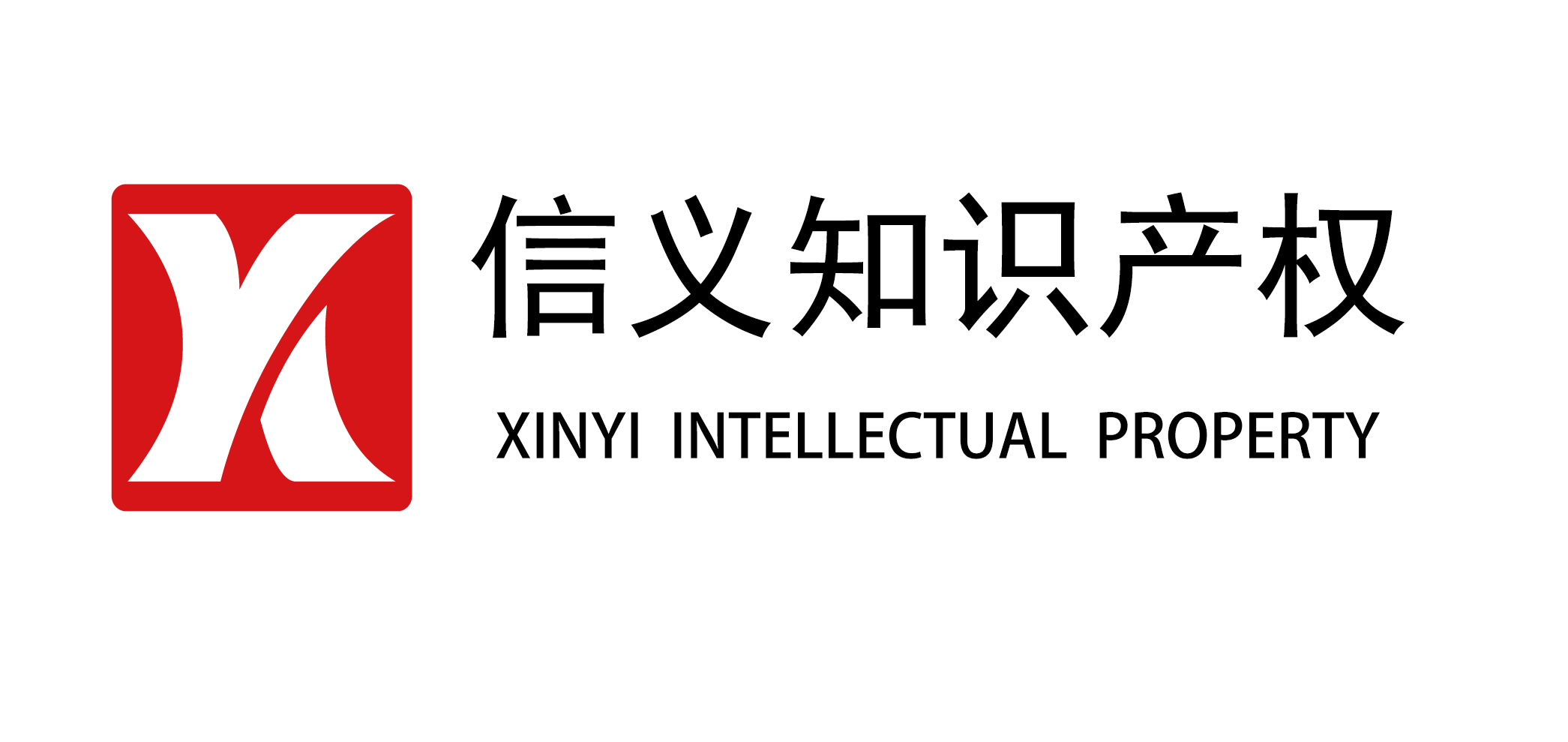Understanding on the Application of Part of the Standard of Judgment on Trademark Tort
A few days ago, the State Intellectual Property Office issued the "Trademark Infringement Judgment Criteria", which attracted wide attention from the industry. The author believes that this provides front-line law enforcement officers with tools to solve difficult problems in the process of trademark infringement determination, and plays an effective guiding role in dealing with new problems arising in the process of rapid economic development.
Comprehensive use of Article 3 and Article 7 for trademark use judgment
The judgment on the use of trademarks in Article 3 of the "Trademark Infringement Judgment Standards" is a prerequisite for the handling and investigation of daily trademark infringement cases. In real life, the packaging and types of goods and services are rich, and there are usually multiple patterns and texts on the same article or even on the same observation facade. The reported infringement suspects may be the advertisements. , Decorative patterns and other reasons. At this time, we must first determine whether the part of the disputed report meets the characteristics of the use of the trademark. Only by making this determination can we confirm whether the trademark infringement is suspected to constitute a trademark infringement, and whether further investigation is required. It affects whether the case continues or ends, so an accurate determination must be made. Of course, to determine whether the use is a trademark, it is necessary to make a comprehensive judgment in conjunction with the provisions of Article 7 and other relevant provisions on whether the use is prominent, industry customs, and other provisions. Since the words and patterns of trademarks are often refined and redesigned based on common words and common patterns in daily life, there is indeed the possibility that they may be close to the idioms and patterns of certain regions and certain industries. Therefore, Article 7 The subjective intentions, consumer awareness and other elements should be included in the conditions that we identify, so as to ensure that the use of trademarks is neither misjudged nor missed as much as possible.
Pay attention to the use of Article 12 to protect the interests of legal rights holders
The determination of similar goods and services is a frequently disputed issue in practice. When determining trademark infringement cases, the main reference standard for similar goods and services is the "Similar Goods and Services Classification Table." However, as the modern economic operation model has undergone tremendous changes, a variety of new sales channels such as cross-industry cooperation, experiential consumption, and exhibition marketing have emerged. At the same time, with the improvement of the production capacity of enterprises, the emergence of diversified production and operation methods such as capital assistance, commissioned processing, and industrial market segmentation, raw materials, products, and services in an industrial chain or supply chain are individually enlarged into a new one. The industry is very convenient. The "Similar Goods and Services Classification Table" cannot cover all the goods or services in reality. The only way is to fully investigate and collect evidence to find out the ins and outs of the goods or services in dispute, to understand the various relationships between the parties to the dispute, and to make good use of the tenth The provisions of Article 2 can adapt to the development of modern economy and effectively protect the legitimate interests of right holders.
Use Article 13, Article 14, and Article 22 accurately
After many years of work in combating trademark infringement and the production and sale of counterfeit and shoddy goods in China have achieved significant results, some criminals have also realized that if the same goods or services are counterfeited with the same registered trademark as others, they may be held criminally responsible. As a result, some products appeared on some products that were not exactly the same as others’ registered trademarks, but were basically the same at a glance, and even the parties could even take out a trademark registration certificate to argue that it is a certain brand and different from others in order to avoid oneself May face a huge risk of criminal liability. In daily practice, some parties have used printing, weaving and other methods to deform their trademarks to a state that is very close to others' registered trademarks. When investigating him, they argued that they should carefully observe the differences. For this kind of more cunning illegal acts and this kind of not exactly the same trademark infringement, it is necessary to accurately use Article 13, Article 14 and Article 22 to make judgments, combining the parties’ experience, partners, sales Channels, illegal records, etc., are carefully studied and judged, and the execution of the sentence is maintained in time with the public security organs and procuratorial organs, so that no misjudgment or omission of criminal suspects can be achieved, so as to effectively combat crime and purify the market.
Pay attention to comply with Article 28 and form a closed loop of verification







